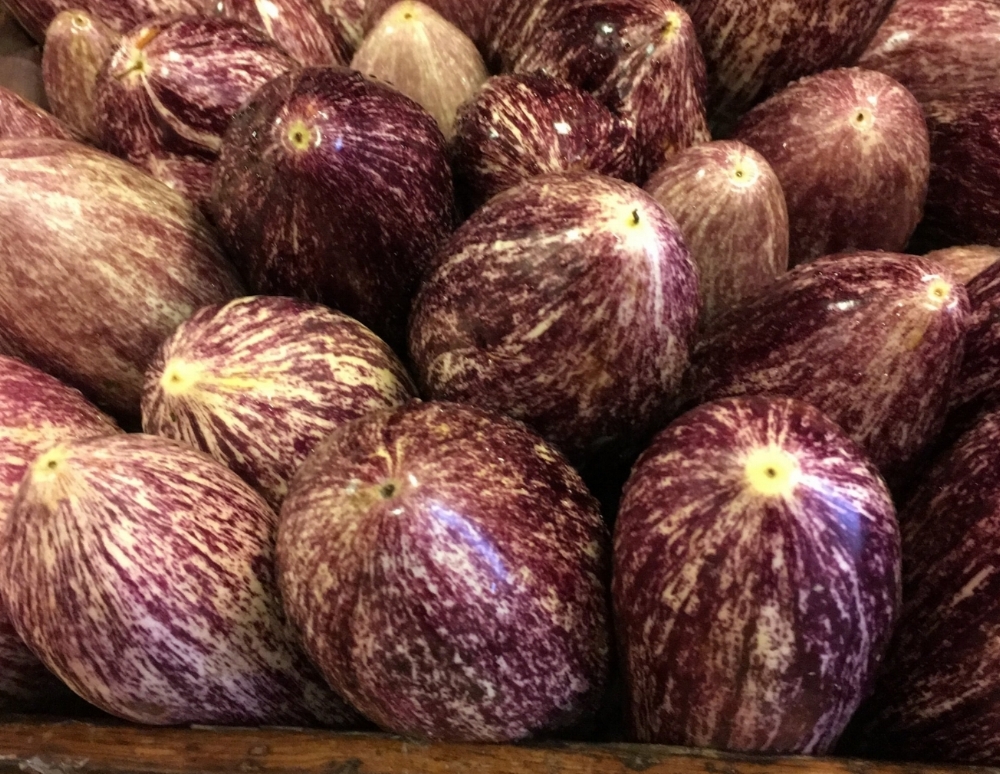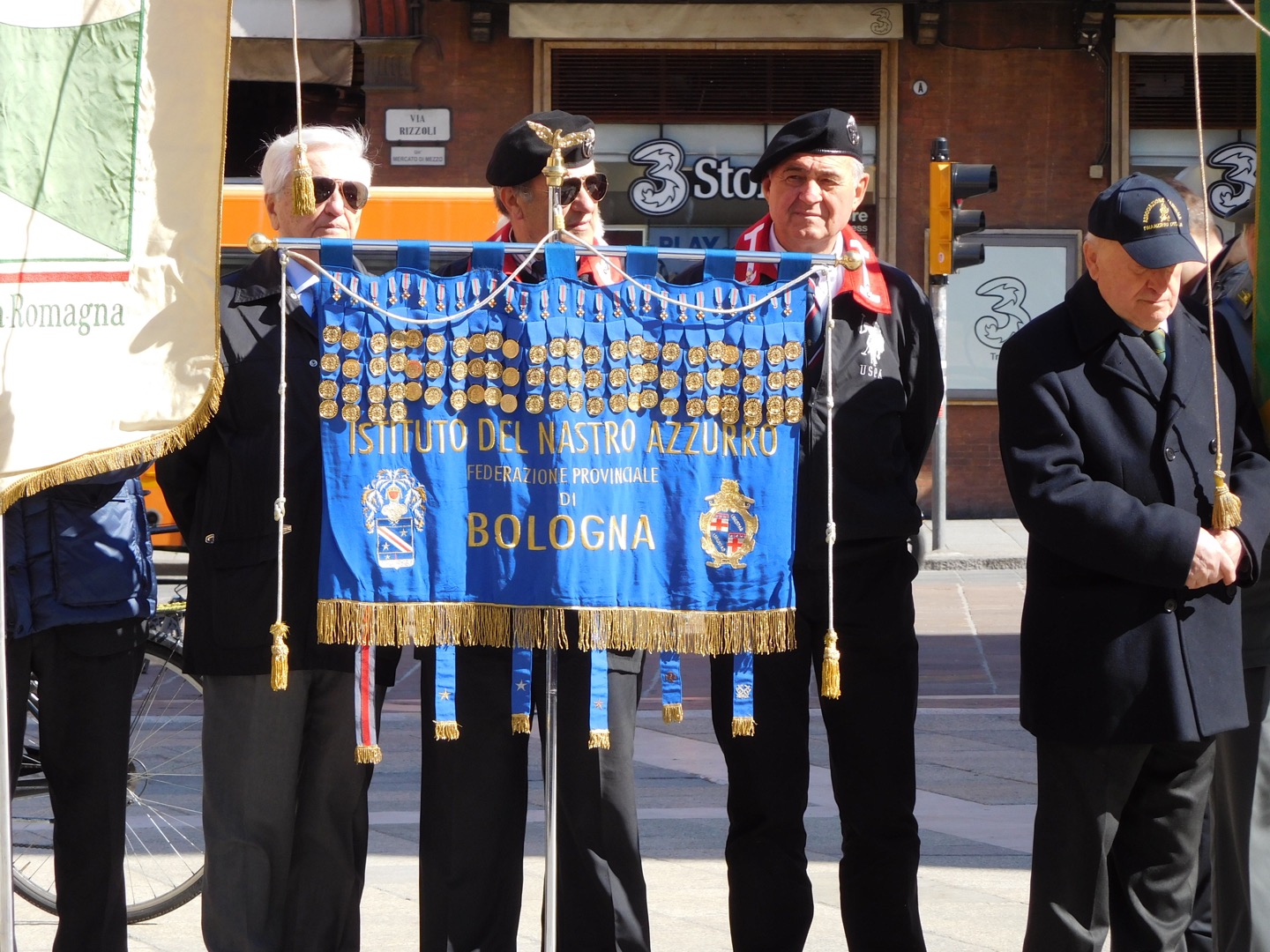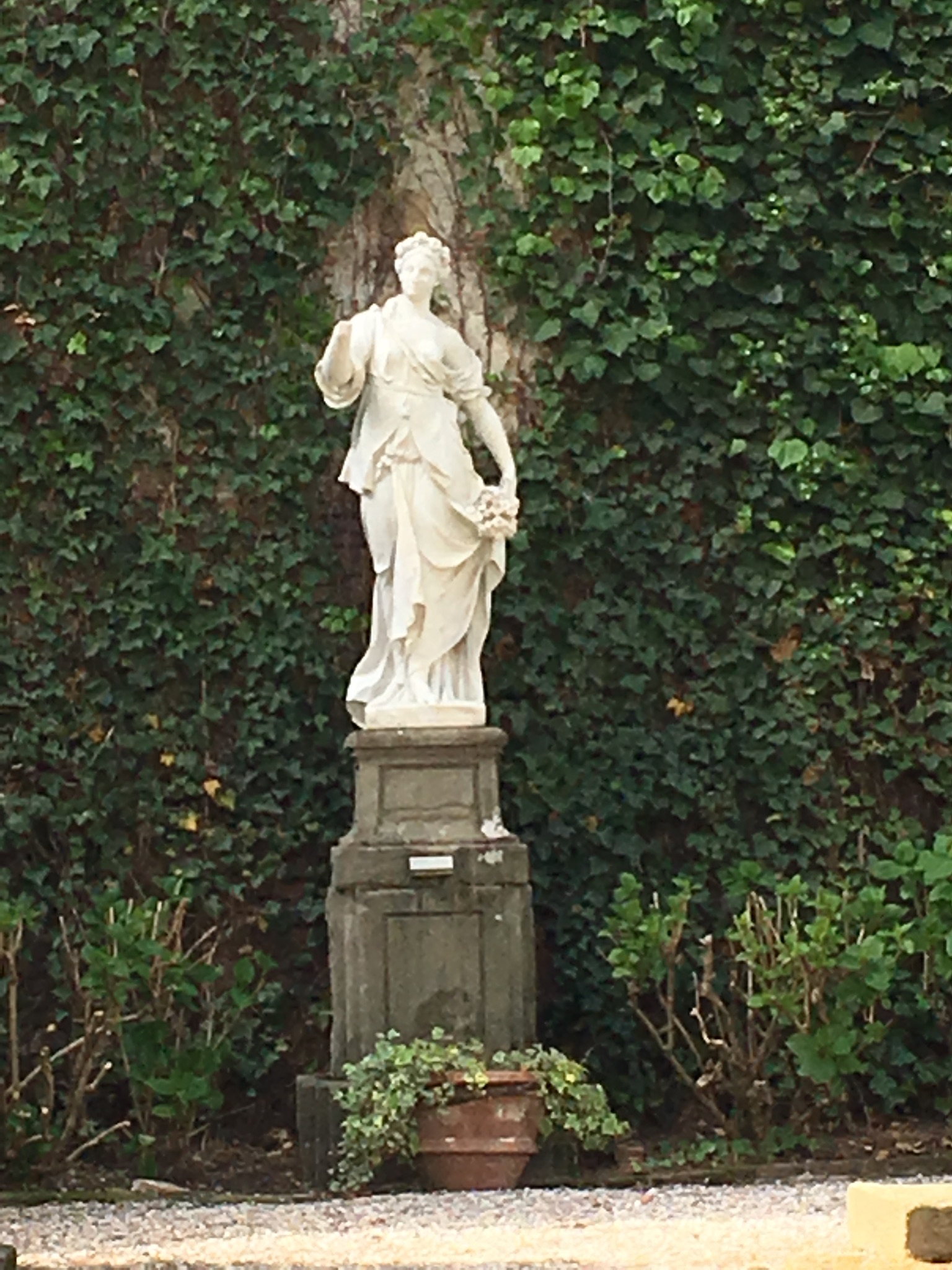Florence - A City of Science As Well As Art
It’s not hard to fall in love with Italian men, especially when they are as intelligent and forward-thinking as Galileo Galilei. I have been enamored with Galileo for years – ever since someone described him to me as a polymath. A polymath (a person with significant knowledge of several subjects)! What’s not to love? The man was a genius! There is a great tribute to him - and to science in general - at the Museo Galileo in Florence.
A bust of Galileo in the Florence museum that bears his name.
The Museo Galileo, just behind the Uffizi Gallery, is a repository of scientific instruments ranging from telescopes to thermometers and covering topics ranging from The Science of Equilibrium to The Science of Warfare. The museum says it is “heir to a tradition of five centuries of scientific collecting” and credits the Medici and Lorraine families of Tuscany with emphasizing the importance of such collecting. Indeed, I felt like I was in a toy store for scientists as I wandered the rooms of the museum.
An astrolabe from the 16th century, used to measure the inclined position in the sky of a celestial body.
An astrolabe from the 16th century and a huge armillary sphere are just two of the items on display that help explain how Galileo and other astronomers from centuries ago looked at the heavens.
The giant armillary sphere at the Museo Galileo.
There is plenty of information about Galileo, too. And for the non-squeamish, there is a display of his right-hand index finger and thumb, and one of his teeth. It is said that admirers of the man removed the digits and tooth, as well as a vertebra, from his body as it was being transferred from storage to a tomb in Santa Croce Basilica.
Several telescopes at the Museo Galileo.
Even for visitors who aren’t scientifically inclined, seeing the intricacy of the instruments used so many years ago is fascinating, as is reading about the practical applications of various scientific discoveries. -post by JG
Museogalileo.it
































